
The Empathy Map – And How It Works Exactly
Natalie Ediger, January 29, 2018· Explainer Video
This month I present the tool “Empathy Map” by Dave Grey. A tool that helps you gain a better understanding of a person or a group of people.
For us at Cleverclip, the be-all and end-all is the target group, the end user. Whether for explanatory videos, infographics or presentations, the first thing we do is to get to know the people who understand our products. Only if we can really put ourselves in the position of the target group do we create products that really work for them.
During our kick-off workshops, which we conduct together with our clients at the beginning of each new project, we work with a customized version of the Business Model Canvas. And a very important part of it is the aforementioned target group – and this is full of questions from the Empathy Map. Who exactly is this infamous end user? How old is he, what does he feel, what are his dreams and wishes and where are his motivations? We can only answer all these questions if we know the target group very well.

Nice to meet you, Thomas!
The first column of the Empathy Map defines who we want to put ourselves in. Very important: At Cleverclip we choose a name for the person from the beginning. Thus the identification becomes immediately emotional and the person gets a face. The rest remains relatively superficial in the beginning – but no less important! Gender, age and profession, for example.
Thomas, 42, architect. He is self-employed and has many good assignments at the moment. For a new project he is looking for a suitable vapour control layer.
What’s the target?
The second column is about finding out what to motivate people to do. Here, too, there are various questions: Which decisions do they have to make? How will we know that they have been successful?
Thomas shall link to the website of the company XY. He should watch the video explaining the vapour control layer and then be so convinced that he makes an appointment with a consultant.
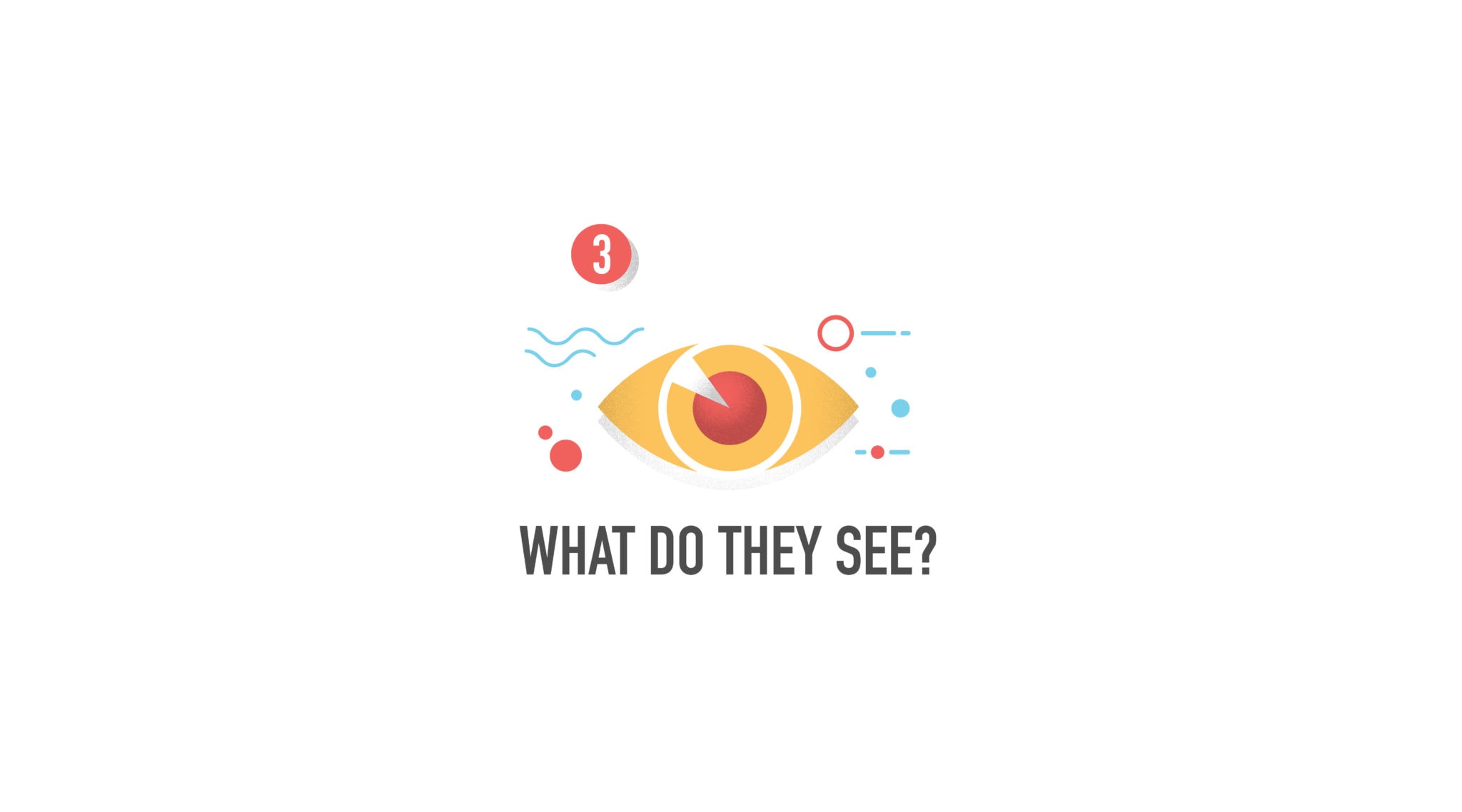
What does Thomas’ environment look like?
The point here is to describe how the user perceives his environment:
What does his environment look like? Who are the most important people in his environment? Which offers are interesting for him?
Thomas receives countless brochures with products. He reads the newsletters of the various suppliers and searches the Internet for the most suitable vapor retarder. On the Internet, however, he finds many contradictory details and very complicated descriptions.
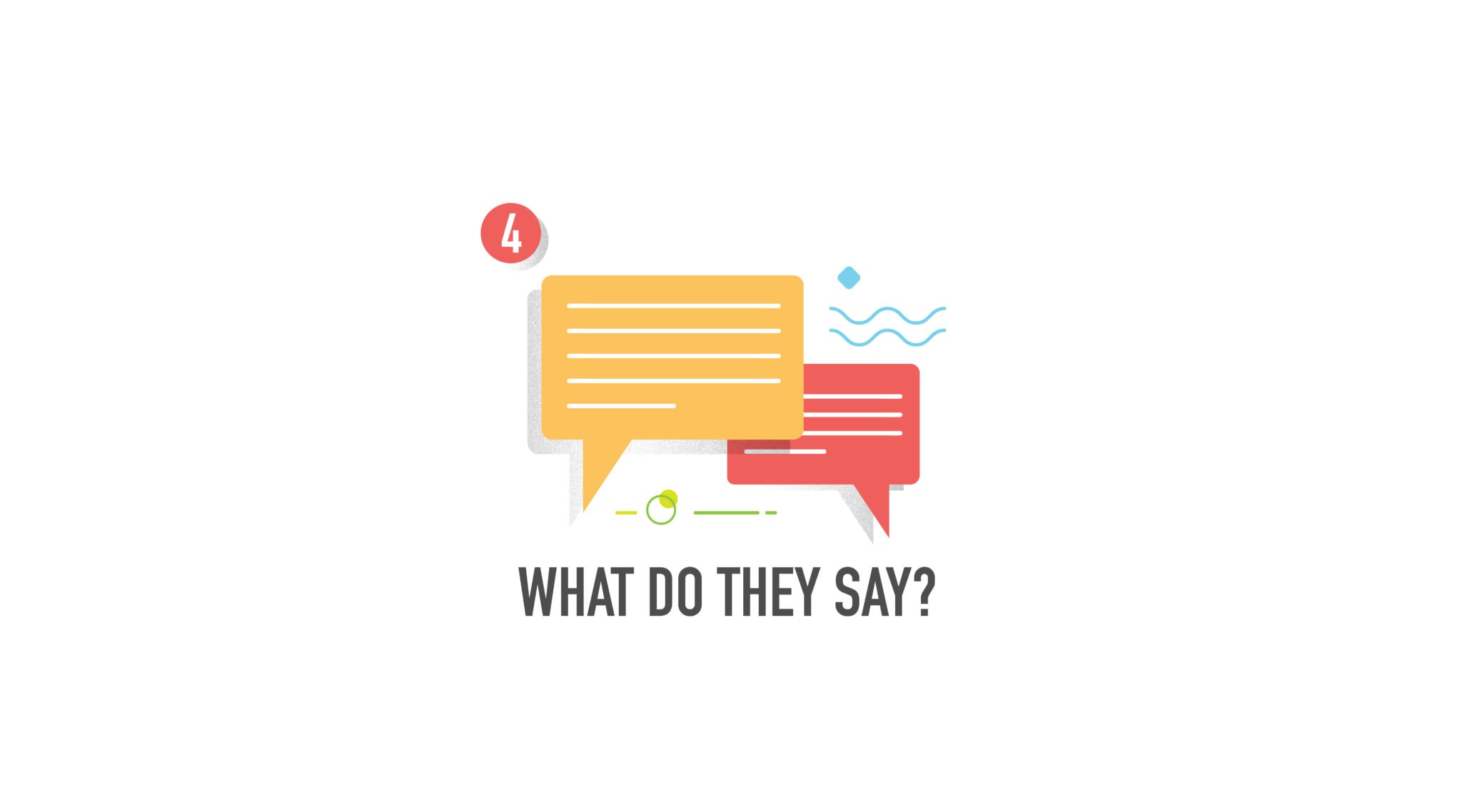
What is Thomas saying?
Here you can record what the user actually said and what he could say. What are the differences between what he says and what he thinks?
Thomas enjoys researching and is interested in the latest products. He always says to his friends: “If I like a product, I stick with it and buy it again.
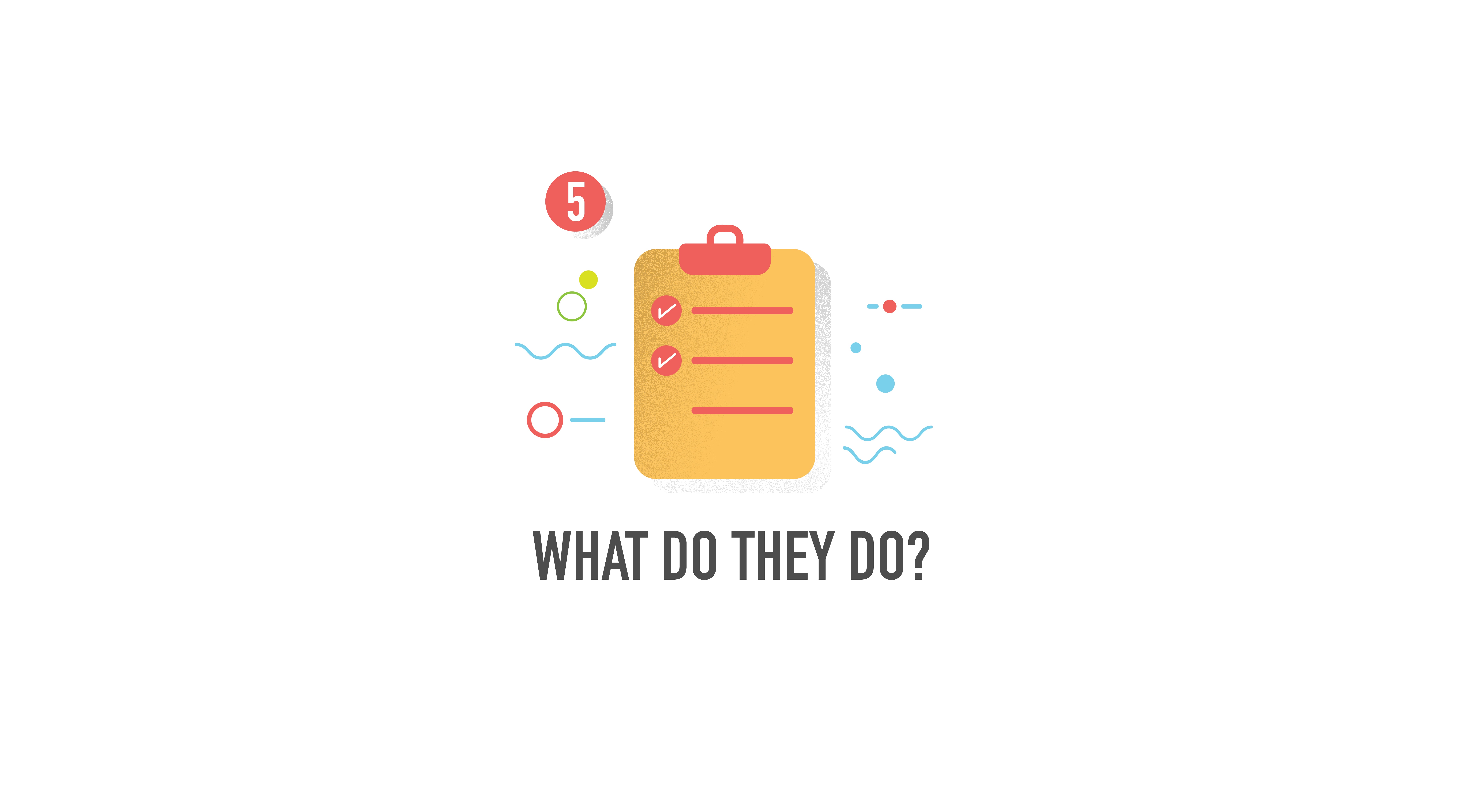
How’s Thomas behaving?
What’s on his mind? What can we imagine what he is doing? How does he behave in which situations?
Thomas likes to test new products himself. He often asks craftsmen with whom he has been working for a long time what they think of certain products.
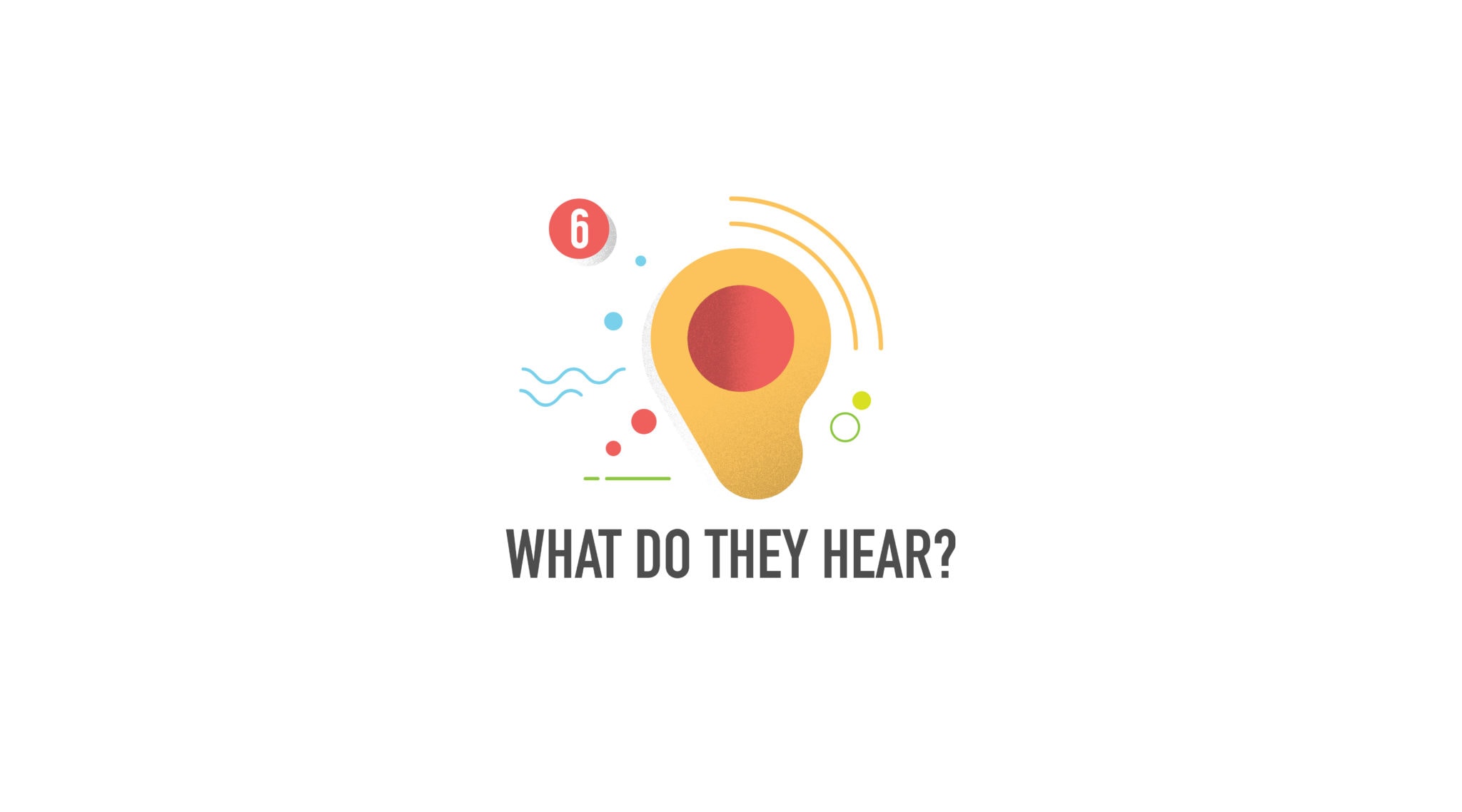
What does Thomas’ environment say?
The purpose of this field is to find out what the person hears in his environment and by whom he is influenced. What do his friends say? Colleagues or family members?
His father was also an architect and often gave him tips. Some of his friends also come from the same professional background.
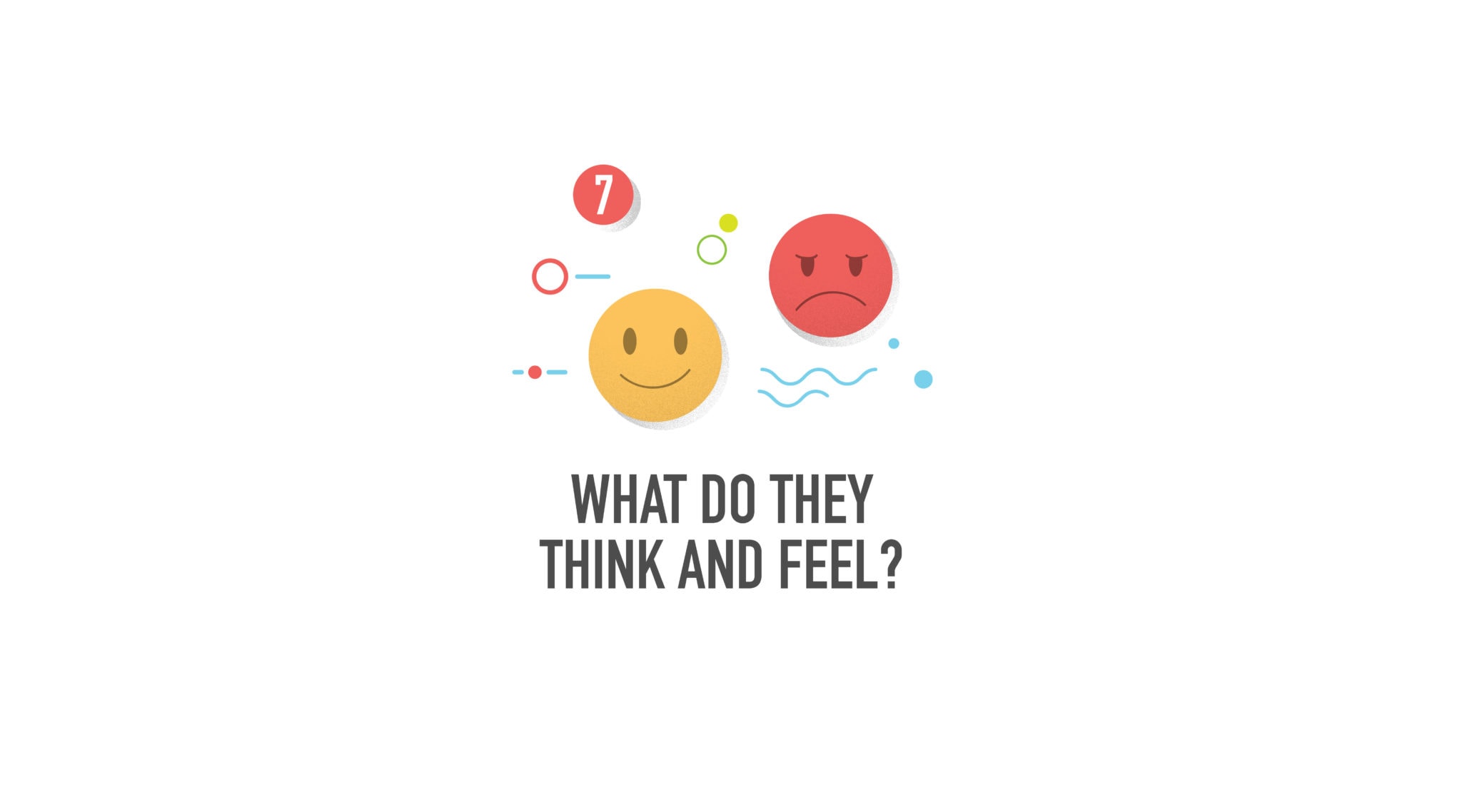
How does Thomas think and feel?
Here we try to sketch what is really going on in Thomas’ mind: What is really important to him? What moves him? What dreams and longings does he talk about? What does he worry about?
We think about what really occupies the user: What frustrates him? What obstacles have to be overcome in order to achieve the goals? What risks does he have to take on?
It is also important that we find out what motivates the person: What does he really want or need to achieve? How does he measure his success? What does he want to be successful with? What really makes him happy?
Thomas is very happy about the new project and is eager to write the best plans with the best products. But he’s also afraid that he won’t be able to handle this project. That’s why it’s especially important to him that he doesn’t make any mistakes. That’s why he is very careful when researching the products and how they have to be processed. He is frustrated by the often very complicated descriptions and wants simple and clear explanations.
According to Dave Grey, a first draft of an Empathy Map can be created within twenty minutes. Thus the Empathy Map is perfectly suited to get a quick overview of the person or group of people and to sensitize the team members for the end user. However, there must be no expectation that the Empathy Map developed so quickly will be an accurate and detailed description. If you want to deal with your target group in detail, you should also invest the necessary time.
More tips and tools can be found in our newsletter, registration is possible here.